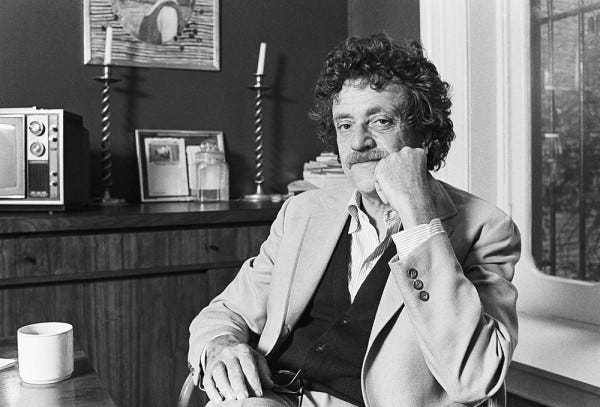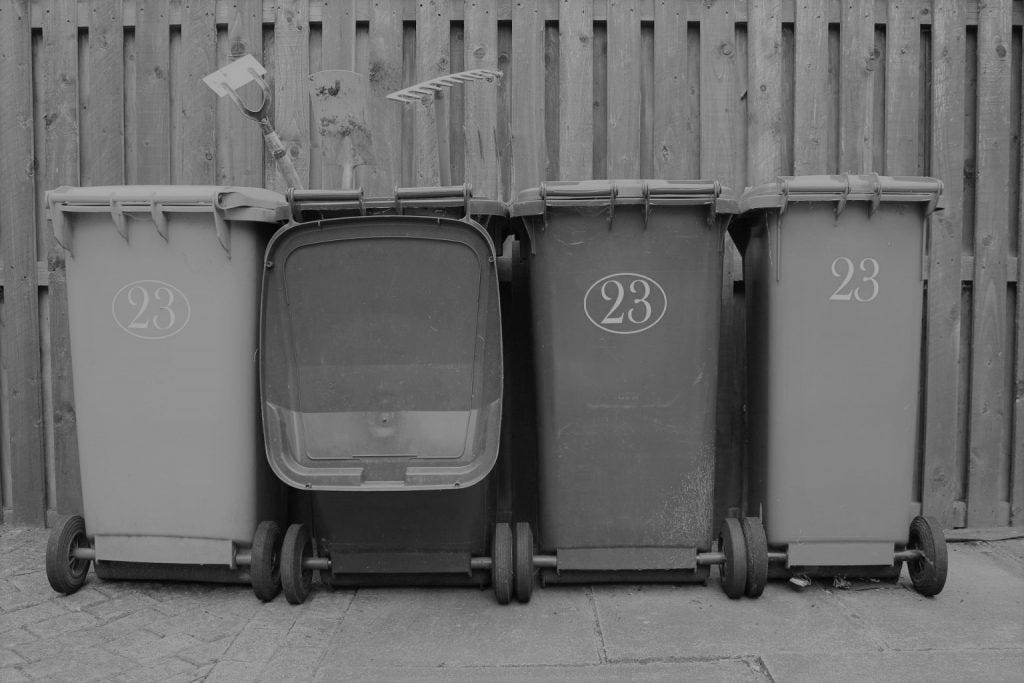How to change customer behavior, 6 arcs of storytelling and more.
Market Curve Episode XXXIII
Hey friends,
Welcome to Episode XXXIII of Market Curve - a bi-weekly newsletter exploring the intersection of marketing, writing, and persuasion.
Hope you had an enjoyable new year!
11 Timeless copywriting lessons from Eugene Schwartz
Eugene Schwartz was a legend in the copywriting world back in the day. And to put it mildly, he knew a thing or two about writing killer copy. In one of his lectures, he shared 11 nuggets of wisdom that truly stand the test of time.
Here they are in all its glory:
Listen and pick up ideas from people.
Know the product to its core
Find your reader’s hidden desires - write to the chimpanzee brain
Think about what your product does - not is.
Categorize your research and highlight the bold themes that your prospect will resonate with the most.
Work for 33.33 minutes in short bursts
Creation is nothing original - creation is taking two separate ideas and joining them.
Read random stuff not related to your business
Good copy won’t say “That sentence was so good”. Instead it should say “really? That is great - I need to try it out”
Headline Elements: Promise = Intrigue, Mechanism = Emotion
Use metaphors to help readers understand and relate to your product.
The 6 main arcs of storytelling
A young David Ogilvy was asked to be the door-to-door salesman for the AGA heat company. This was during the height of the great depression and he was selling in an area where people were very stingy with their money. And the AGA cooker was the most expensive cooker ever built.
He could have told people that the cooker contained a storage unit that utilised the principles of metallic conduction. But he didn’t.
He told them that the Australian aborogines used the same principles to bake hedgehogs. He told them about the inventor of the AGA cooker - a Nobel prize winning swedish physicist who was designing special lights for lighthouses that were saving lives even as they spoke.
This is the power of stories and writer Jurt Vonnegut had a lot to say about it.
He mapped out the narrative arc of popular storylines along a simple graph. And 35 years later, his idea had resonated enough with a group of mathematicians and computer scientists that they decided to build an experiment around it.
That’s what a group of researchers, from the University of Vermont and the University of Adelaide, set out to do. They collected computer-generated story arcs for nearly 2,000 works of fiction, classifying each into one of six core types of narratives (based on what happens to the protagonist)
Rags to riches (rise)
Riches to Rags (fall)
Man in a Hole (fall then rise)
Icarus (rise then fall)
Cinderella (rise then fall then rise)
Oedipus (fall then rise then fall)
How to nudge your customers to behave the way you want.
There are 2 main factors that influence customer behavior - motivation and ease. From a probability perspective there can be 4 outcomes for any given activity.
Activities high in motivation but low in ease
Activities high in ease but low in motivation
Activities high in ease and high in motivation
Activities low in ease and low in motivation
For activities high in motivation but low in ease: These behaviours might happen. Eg: asking a hungry person to eat a burger that they have to walk 1km to get).
For activities high in motivation but low in ease: These behaviours also might happen Eg: asking a person who’s not that hungry to eat a burger that is right in front of them
Activities high in ease and high in motivation: These behaviours are likely to happen. Eg: asking a hungry person to eat a burger that’s right in front of them
Activities low in ease and low in motivation: These behaviours are unlikely to happen. Eg: asking a person who is not hungry to eat a burger that they have to walk 1km to get.
Make sure that what you ask your prospect to do is high in motivation and high in ease. Eg: In the mood to read? Get your favourite book delivered to your doorstep in 5 minutes.
This issue was great amirite? I sure as hell enjoyed researching and writing on this.
In fact, I wouldn't mind some appreciation from you. If you wanna go the extra mile and want to shower a little more love on this young entrepreneur from India, then you can do any of the few things below:
You can tweet me (free)
You can buy my landing page guide ($9)
You can buy a copy of my “landing page tech stack” ($9)
You can buy the first issue of my paid newsletter ($12)
You can rent my time to roast your landing page ($249)
P.S. If this newsletter made your month, your week, your day or even your hour, then do me a favor and share it with the world by selecting this big black button hovering below:





